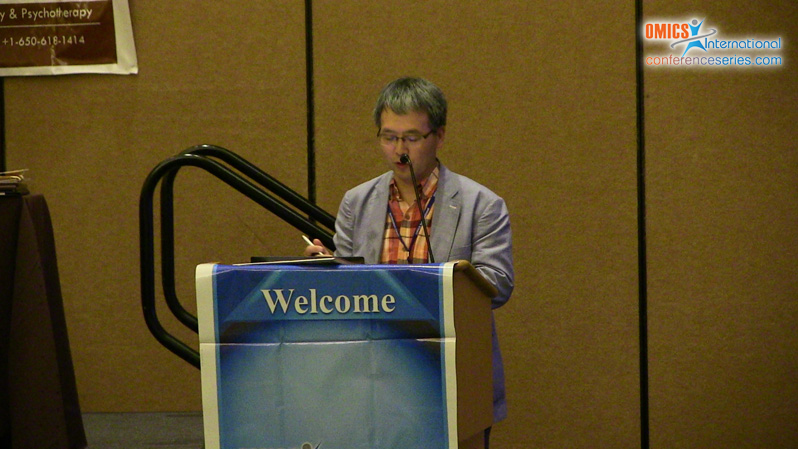
Chun-Bae Kim
Yonsei University, Republic of Korea
Title: Does South Korea have hidden female smokers? Discrepancies in smoking rates between self-reports and urinary cotinine level
Biography
Biography: Chun-Bae Kim
Abstract
Female smoking is perceived very negatively in East Asian countries such as South Korea, Japan, and China, as well as in Islamic countries. These countries’ self-reported surveys (SRs) tend to produce results that underestimate the number of smokers, owing to the social desirability response bias. The present study seeks to assess South Korea, Europe, and the Americas, by comparing data from SRs with those from urinary cotinine samples. Current smoking rates were calculated using the SRs and the urinary cotinine concentration (UCC) methods according to socioeconomic factors. In order to examine response accuracy regarding current smoking status in the SRs, participants who both completed the SRs and acquired UCC results were subject to analyses of sensitivity, specificity, positive predictive value (PPV), negative predictive value (NPV), and the difference ratio (DR) with respect to gender, age, region, economic level, household status, and the presence of chronic disease. Based on self-reports, the current smoking rate among women was 7.1% (official smoking rates), while that according to the UCC was 18.2%; the rates for men were 47.8% and 55.1%, respectively. The sensitivity of males was 0.8553, the specificity 0.9768, PPV 0.9783, NPV 0.8465, and the DR was 1.143. The sensitivity for females was 0.3670, the specificity 0.9956, PPV 0.9486, NPV 0.8761, and the DR was 2.600. These results exhibit a very low response alignment rate compared to males. This study shows that the actual female smoking rate is significantly higher than that reported officially, but also that the gap is decreasing steadily. Females exhibited a higher rate of false responses, which resulted in an underestimation of the female smoking rate.



